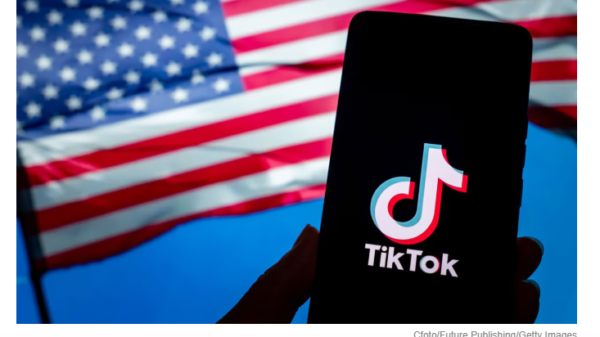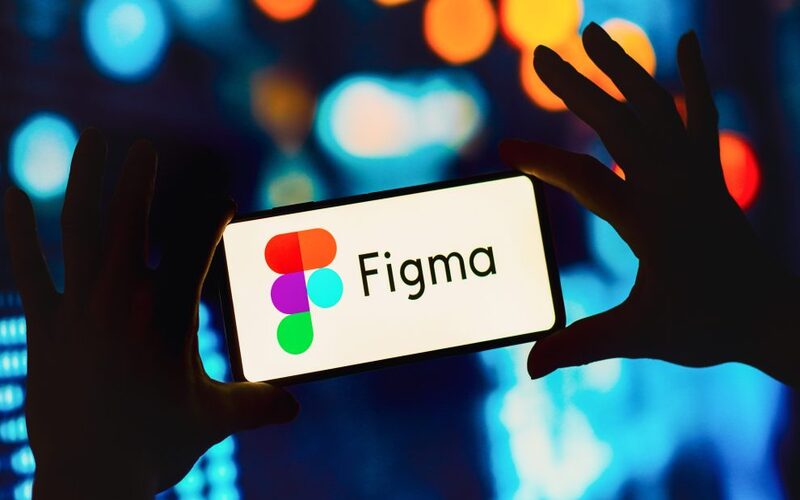After the firms announced today that they had to halt acquisition preparations due to regulatory rejection in Europe, Adobe’s $20 billion mega-bid to acquire competitor Figma is now officially dead.
“Figma and Adobe mutually agreed to terminate the transaction based on a joint assessment that there is no clear path to receive necessary regulatory approvals from the European Commission and the U.K. Competition and Markets Authority,” the companies stated in a press release today, “although both companies continue to believe in the merits and procompetitive benefits of the combination.”
The merger, first disclosed in September of last year, would always come under regulatory scrutiny because of its magnitude and the fact that it eliminated one of Adobe’s main competitors. The U.S. Department of Justice (DOJ) had been closely examining the deal for the better part of 2023 but hadn’t filed a formal lawsuit to prevent it from going through. However, information about Adobe and Figma meeting with the DOJ to avoid legal action surfaced before the weekend.
Whatever the result, the two businesses have already faced severe challenges in Europe. In late November, the United Kingdom ruled that the planned purchase would “harm innovation,” so its competition authority would begin a thorough investigation. This decision was made in response to a similar decision in the European Union (EU), which had declared a similar course of action earlier in August.
The main argument for the concerns was that, although the two companies’ products were different, Figma was the “clear market leader” for interactive product design tools and exerted a “constraining influence” over Adobe in the digital asset creation tools market. As a result, the acquisition of Figma by Adobe would keep Figma from being an “effective competitor.”
Dylan Field, the CEO and co-founder of Figma, stated in a blog post today that they came to a “joint decision” after being unable to persuade authorities of the distinctions between their various businesses and products.
Field stated, “We no longer see a path toward regulatory approval of the deal. It’s not the outcome we had hoped for, but despite thousands of hours spent with regulators around the world detailing differences between our businesses, our products, and the markets we serve,”
Because of everything, Adobe now owes Figma a $1 billion termination fee, which was supposed to be paid under the terms of the deal if the acquisition failed to close within 18 months after it was announced in September of last year or in the event that regulatory clearance was not obtained.
Even though the 18-month deadline had not yet passed and no regulatory authority had made their conclusions public, Adobe and Figma could not resolve the situation. Because the DOJ was also considering taking legal action, it was ultimately more prudent to dismiss the agreement altogether.
According to Tom Smith, a former CMA legal director and current partner at the London-based legal firm Geradin Partners, “it is not unheard of to abandon a deal shortly before the final decision where a prohibition seems inevitable,” he told TechCrunch. The merging parties are spared a potentially precedent-setting adverse ruling by doing this. Additionally, it saves some legal expenses, but that might not be as important for a big purchase.



































